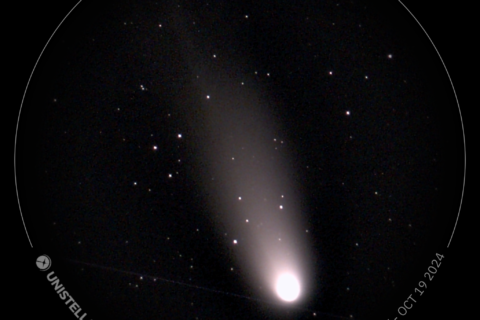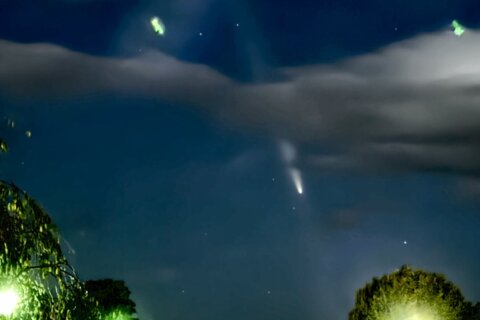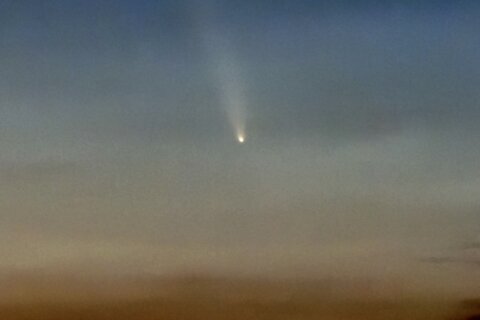WASHINGTON — On Christmas Eve, we celebrated the 50th anniversary of Apollo 8 — a mission that dared great things.
Now, the world once again turns to space to salvage a year we’d like to forget.
As 2018 draws to a merciful close, and we prepare to welcome 2019, the astronomical world is centered on Johns Hopkins University Applied Physics Laboratory. There, the New Horizons spacecraft team that successfully completed humanity’s first flyby of Pluto in July 2015 is zeroing in at over nine miles a second on a world that is the size of D.C. in the far reaches of our solar system.
If all goes well, at 12:33 a.m. EST on Jan. 1, 2019, the instruments and cameras aboard New Horizons will zero in on Ultima Thule — also known as 2014 MU 69. At four billion miles from the sun, there is only dim light. The spacecraft will pass 2,200 miles from this leftover remnant from the formation of the solar system 4.6 billion years ago.
You can follow the flyby’s progress starting at 2 p.m. EST Monday. Remember, it takes six hours for the radio signal from New Horizons to reach Earth, traveling at the speed of light, so the spacecraft is on its own for the flyby. The first indicator that the team has that all went well with the flyby will be at approximately 9:45 a.m. EST New Year’s Day. That’s when a signal should be received confirming flyby.
New Horizons is expected to collect 7 gigabytes of data during the flyby and it will take until September 2020 to download all of it. We should get our first image and science at 11:30-12:30 p.m. EST. What we will probably see is a photograph of Ultima Thule — a world thought to be in the shape of a peanut or possibly two worlds in close contact.
Tune in and see for yourself — it will be historic.
So as you ring in the 2019 New Year take some time to be a part of history by tuning in live to Mission Operations. We may never visit this far-flung world or part of the solar system again.
After Ultima Thule the New Horizons team will be in search of a new world to explore as the spacecraft is healthy and has fuel and power until the 2030s. So who knows? We may get to do this all over again.
What a pleasant thought …
Next up? A total lunar eclipse this month for the WTOP area! Details forthcoming.
Follow Greg on Twitter @skyguyinva or his daily blog at www.whatsupthespaceplace.com to keep up with the latest news in astronomy and space exploration. You can email him at skyguyinva@gmail.com.







